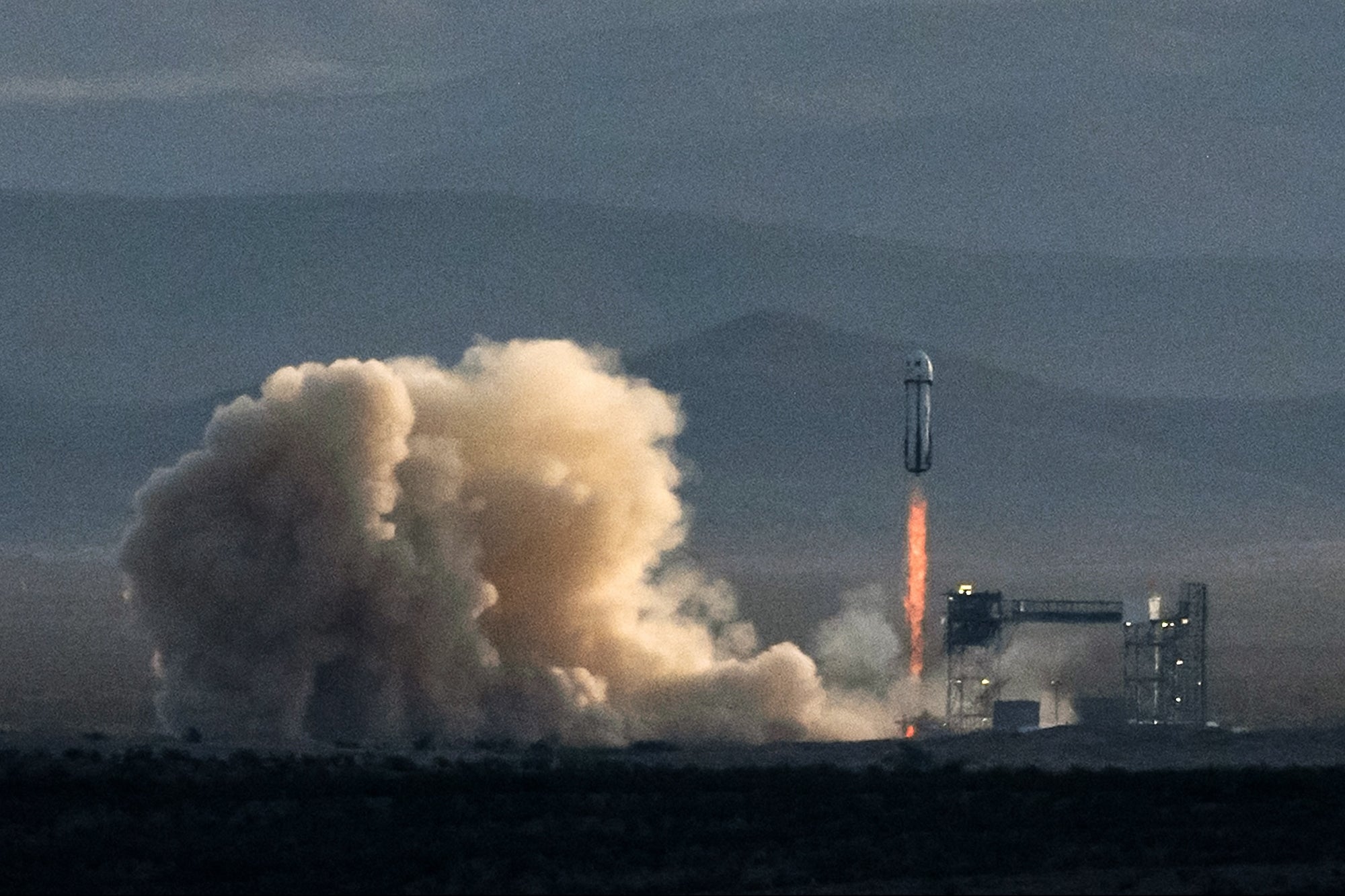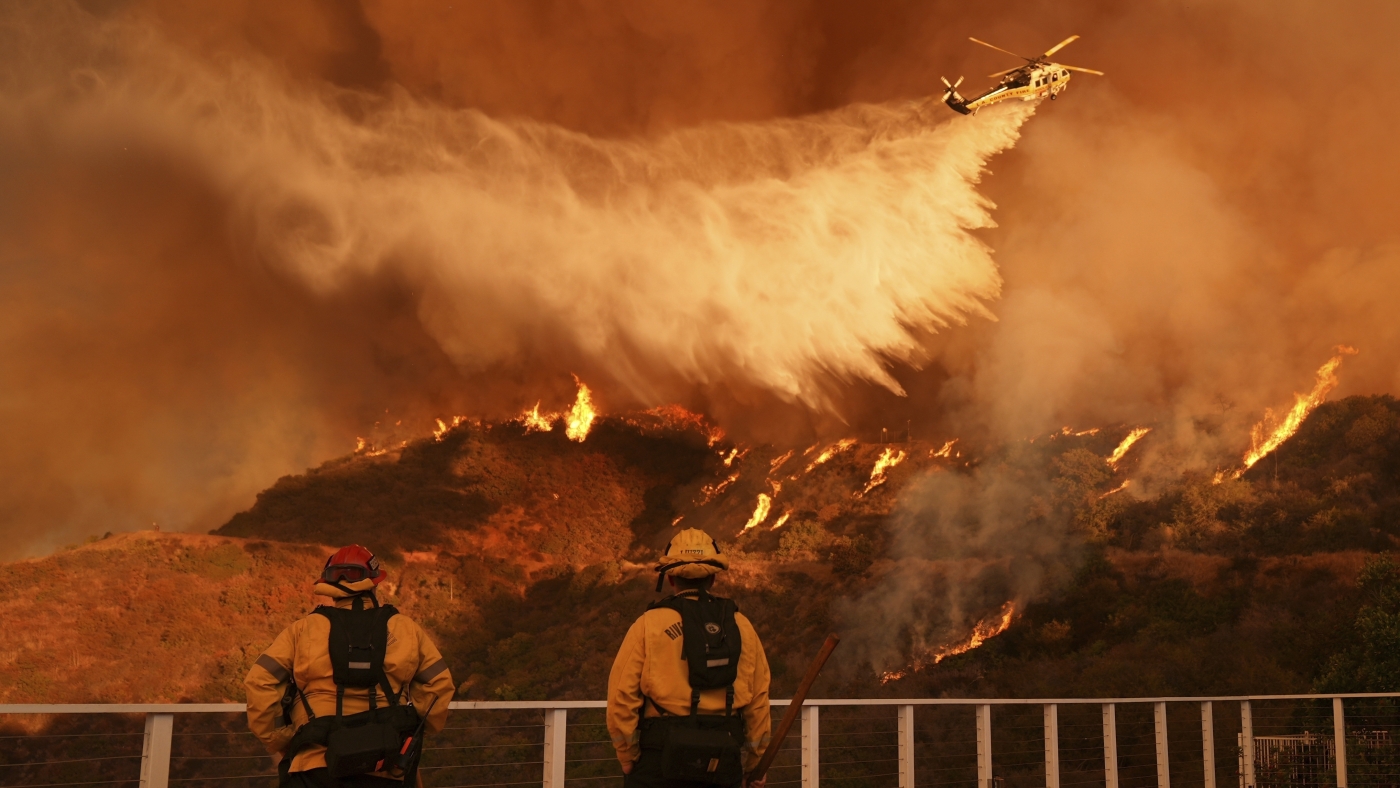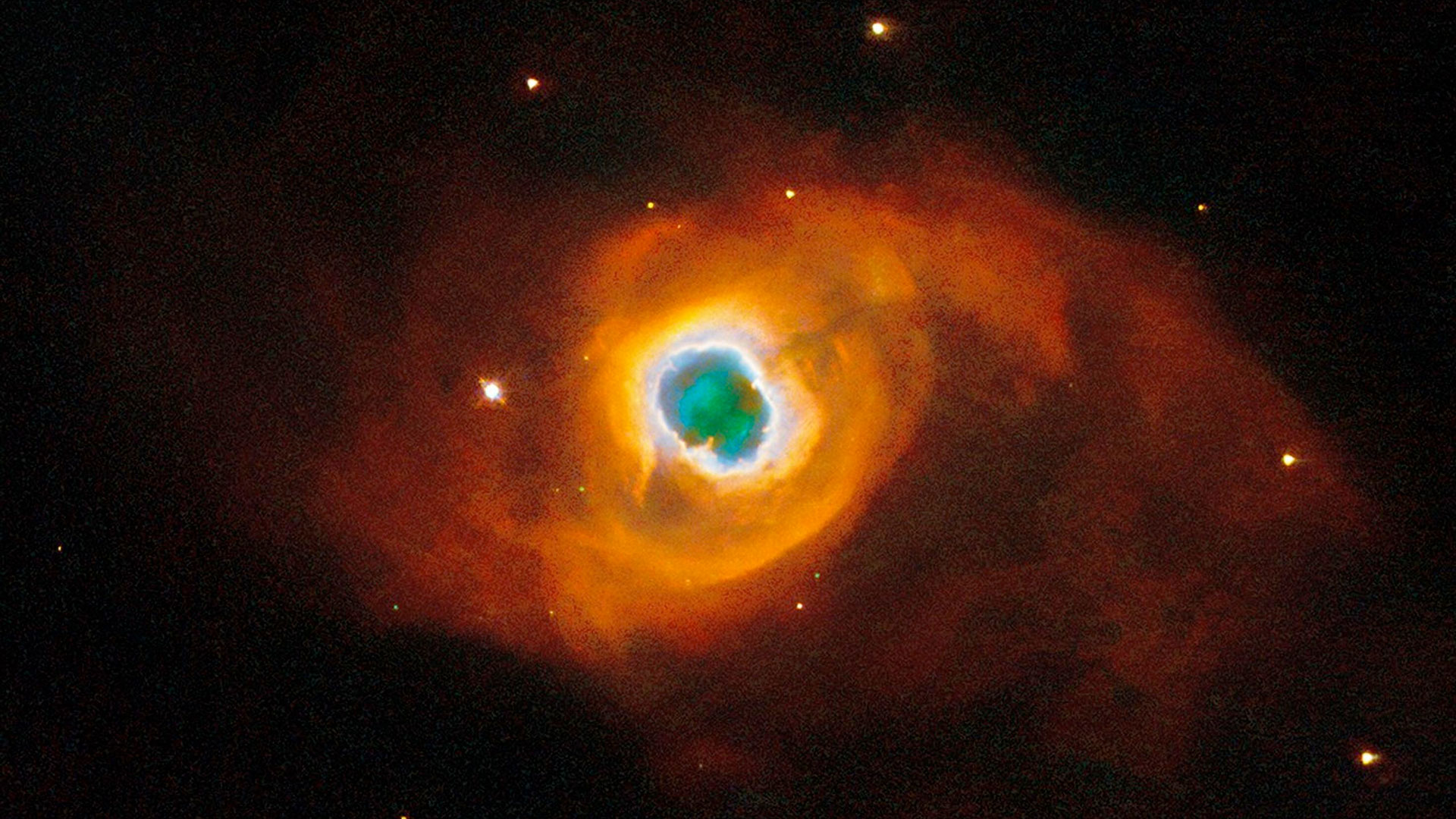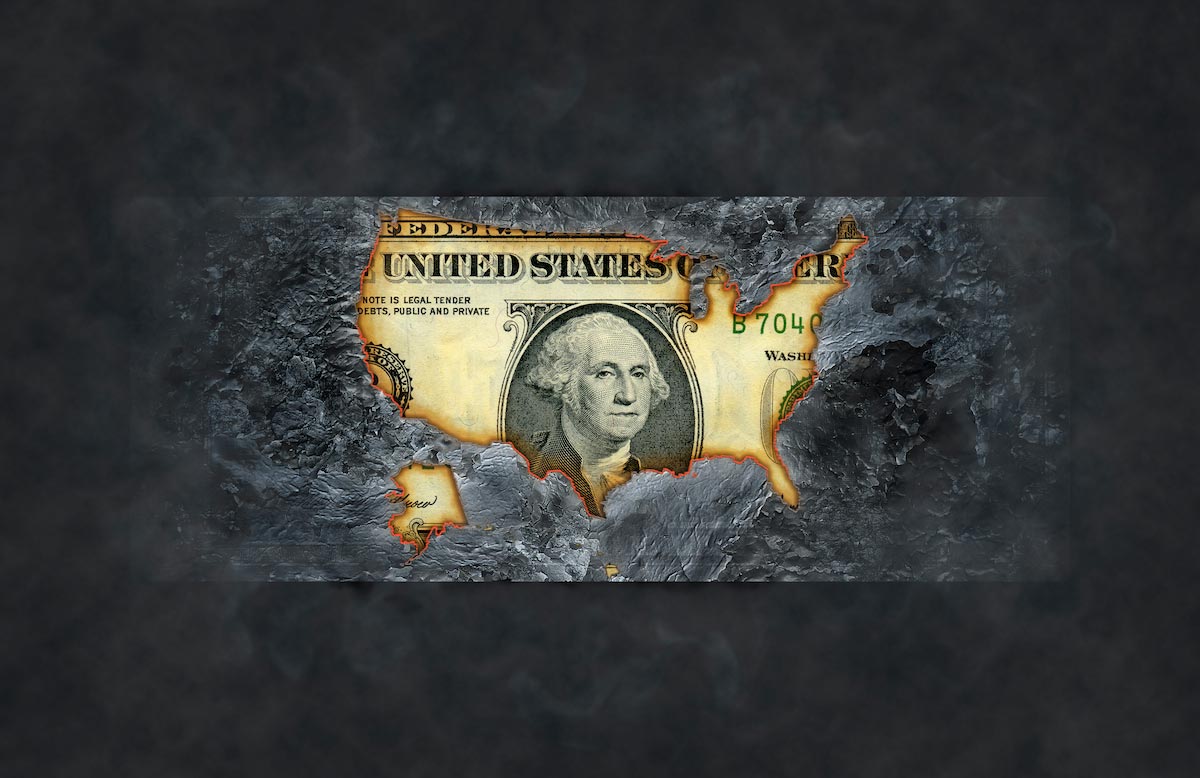Yes, Climate Change Really is Making Your Hay Fever Worse
Seasonal allergies are being hit by climate change. As temperatures rise, pollen season grows longer and more severe.


Climate change is bad news for a lot of reasons—the droughts, the floods, the heat, the hurricanes. And then, too, there’s all the sneezing. If you suffer from hay fever—or allergic rhinitis (AR)—and have found your symptoms growing worse in recent years, you’re not alone. Increasingly, health care professionals are concluding that as global heat increases so too do allergy symptoms.
In industrialized countries, hay fever diagnoses are rising by 2% to 3% per year, costing billions of dollars in health care and lost productivity. Spring pollen season, which typically begins in late February or early March and ends in early summer, is now arriving as much as 20 days early in North America. Now, a new study in the journal The Laryngoscope has taken a deep dive into the research surrounding the link and has found that not only is it a real phenomenon, it’s been going on at least since the turn of the millennium. [time-brightcove not-tgx=”true”]
The study is what’s known as a scoping review of the literature, one that takes the measure of the body of papers published on a particular topic in a particular time frame and seeks to come away with an idea of what the emerging consensus is on the science. To do this, the authors of the current work sought to survey all of the available studies that addressed the link between climate change and allergies. More specifically, they zoomed in to focus on studies published from 2000 to 2023 that explored the precise climatological mechanisms that would cause global warming to exacerbate hay fever symptoms and which also measured how a warming world affects the length and severity of hay fever season. Only 30 met these exacting standards.
“We were very specific in our inclusion and exclusion criteria,” says Alisha Pershad, a third-year medical student at the George Washington University School of Medicine and Health Sciences, and the corresponding author of the new study. “By minimizing variability in our included studies, we were able to improve the strength of our conclusions.” Those conclusions revealed a lot.
Read more: Why You Suddenly Have Allergies
A little over half of the studies Pershad and her colleagues looked at reported longer pollen seasons or higher pollen concentrations—or both—linked to climate change. One projected that pollen emissions in the U.S, would increase by 16% to 40% by the turn of the century and that the average length of pollen season would increase by 19 days beyond the already-observed 20-day increase. Five of the studies found that that lengthening will continue to occur at the beginning of the season. In Europe, projections showed a probable increase in Ambrosia—or ragweed pollen—also linked to rising temperatures.
Individual studies deepened the link between climate and hay fever. One 2021 paper out of Australia reported that daily maximum temperature, higher carbon dioxide concentrations in the atmosphere, and the grass pollen index were all higher from 2016 to 2020 than they were from 1994 to 1999, pointing to a causal link running straight from CO2 to pollen. A European study from 2017 modeled projected increased growth in allergenic plants from 2041 to 2060 and predicted that the population of people allergic to ragweed would increase from 33 million to 77 million across the continent in that same time window, as plant coverage encroached into more and more communities.
Meanwhile, a 2025 study from China found that pediatric outpatient visits for AR were on the rise, consistent with an increase in peak pollen concentrations. As one 2025 study not covered in the current paper pointed out, children are “particularly vulnerable to these airborne particles due to their higher ventilation per unit of body weight, more frequent mouth breathing, and outdoor activities.”
Read more: Why Allergy Seasons Are Getting Worse
The papers in the survey also looked at the mechanism that links climate change to increases in hay fever. A pair of studies both in the wild and in the lab showed that greater humidity and higher levels of carbon dioxide—which is a known growth and reproductive stimulator of plants—increase the dispersal of allergenic pollen, while an increase in precipitation effectively washes out the air, bringing pollen levels down. Another study focused specifically on the mold allergen Aspergillus and found that it thrives under present carbon dioxide concentrations compared to lower pre-industrial levels.
Not everyone suffers equally from the current trends. As with so many other things, race, income, age, and zip code play a role in the severity and epidemiology of hay fever symptoms, with Black and Hispanic communities, seniors, and lower-income populations being hit worse. Cities, with lower concentrations of trees, weeds, and flowering plants, nonetheless are associated with worsening hay fever symptoms too, due to higher temperatures and the griddle effect of concrete and asphalt, producing the urban heat island phenomenon.
“Communities historically impacted by environmental inequities such as red-lining tend to live in regions that experience warmer daytime temperatures,” says Pershad. Allergenic mold discriminates demographically too. “[Mold] is especially a concern for lower income communities that may not have the resources to address the water damage to their home as quickly as necessary to avoid mold growth,” Pershad adds. “Global warming is exacerbating weather extremes such as hurricanes and flooding, which increase the risk of mold growth, a common environmental allergen.”
Health care providers are tracking these changes. One 2022 study out of Italy found that 56% of pulmonologists agree that pollen season appears to start earlier and last longer, 45% have observed an increase in their AR patient population, and 61% are seeing an increase in cases among children particularly. Fully 97% of doctors surveyed reported that they wanted to learn more about the impact of climate change on hay fever incidence.
“Physicians are uniquely positioned to witness the impact of allergic rhinitis on patient outcomes and can adapt their practice as climate change intensifies,” said Pershad in a statement accompanying the release of the study. “As trusted voices in the community, they should leverage their frontline experience to advocate for meaningful change in addressing the climate crisis.”



















_Aleksey_Funtap_Alamy.jpg?width=1280&auto=webp&quality=80&disable=upscale#)





















































